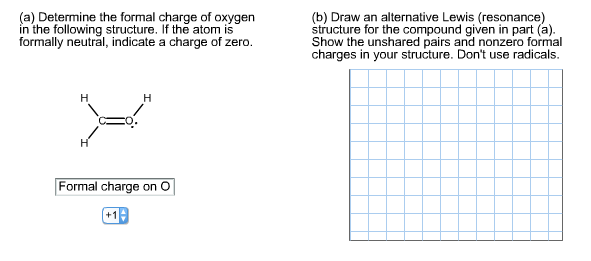

When more than one electron is present, however, the total energy of the atom or the. Join / Login > Class 11 > Chemistry > Chemical Bonding and Molecular Structure > Basics of Chemical Bonding > Calculate the effective nuclear charge a. For example, the first electron affinity of chlorine is -349 kJ mol -1. Also calculate the effective nuclear change of N atom. First electron affinities have negative values. The atom on which the effective nuclear charge is to be calculated is oxygen. It is the energy released (per mole of X) when this change happens. This is because quantum mechanics makes calculating shielding effects quite difficult, which is outside the scope of this Module. Effective Nuclear Charge (Z eff) For an atom or an ion with only a single electron, we can calculate the potential energy of an electron by considering only the electrostatic attraction between the positively charged nucleus and the negatively charged electron. The first electron affinity is the energy released when 1 mole of gaseous atoms each acquire an electron to form 1 mole of gaseous -1 ions. This poor shielding is the cause of lanthanide and actinide contraction.\) were derived semi-empirically (i.e., derived from experiments) as opposed to theoretical calculations. d and f subshells have poor shielding effect as compared to s and p subshells. A large international team of researchers used instruments at the Riken RI Beam Factory to detect oxygen-28. Note: There is an exception in shielding effect of different subshells of an atom. This is the result of poor shielding of nuclear charge by $4f$ electrons. the effective nuclear charge increases, so it is pulled more strongly by the nucleus and hence 2nd I.E is. Ans: Hint: Effective nuclear charge is the net positive charge experienced by an electron in an atom.

The chemistry and atomic structure of the elements is a contest between (i) nuclear charge, conveniently represented by Zthe atomic number, and (ii) shielding by other electrons. First of all, If an atom has more protons in its nucleus, then the nuclear charge will obviously be greater, so the ionization energy will be higher. The effective nuclear charge for the outermost electron of an oxygen atom is.A: 4.55 B: 5.35 C: 6.68 D: None of these. Increase in atomic radii down a Group, a column of the Periodic Table. This means that the 2p x electron cloud is more effectively screened by the 1s electrons from the nuclear charge. The size of an atom does affect both the nuclear charge and the ionization energy.
#EFFECTIVE NUCLEAR CHARGE OF OXYGEN SERIES#
So, the answer to this question is option A that is $4.55$.Īdditional information: Lanthanide contraction is the greater than expected decrease in ionic radii of the elements in the lanthanide series from lanthanum to lutetium. The effective nuclear charge holding a 2s electron to the nucleus is thus nearly +2, about twice the value for lithium, and the 2s electron clouds are drawn closer to the center of the atom. Consequently, the Z eff is always less than the actual nuclear charge, Z. An effective nuclear charge is t he nuclear charge an electron actually experiences because of shielding from other electrons closer to the nucleus. Therefore net positive charge on the outermost electron of oxygen is $4.55$. Therefore, in this case even if the nucleus has 8 protons, the outer electrons (2s and 2p electrons) feel only six protons the effect of the other 2 protons. As a result, the electron farther away experiences an effective nuclear charge (Z eff). nitrogens effective nuclear charge of +5. Homework effective nuclear charge activity the effective nuclear charge (zeff) is the magnitude of the charge felt an electron from the nucleus.

It is reduced by some value as the inner electrons will prevent outer electrons from complete pull of the nucleus, which is called screening.įormula used: $ = Z - \sigma $ and for oxygen $Z$ is $8$ Nitrogen and oxygen both have two shells, but oxygen has more protons and an effective nuclear charge of +6 vs. Hint: Effective nuclear charge is the net positive charge experienced by an electron in an atom.


 0 kommentar(er)
0 kommentar(er)
